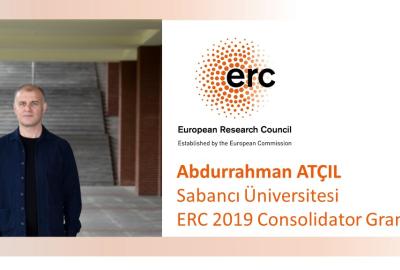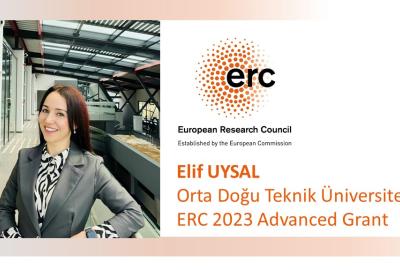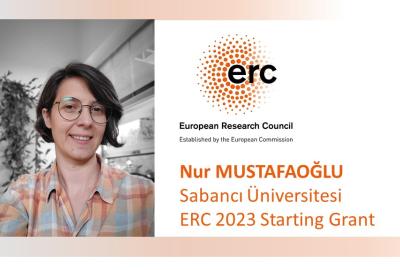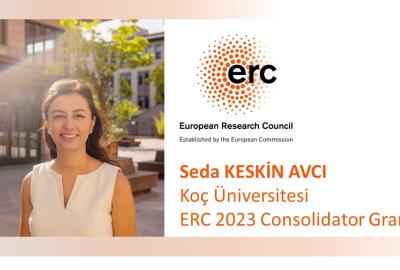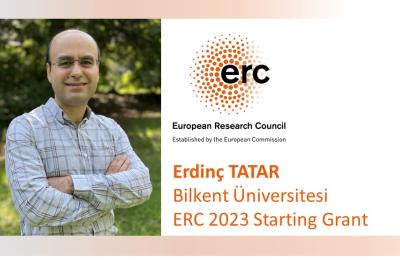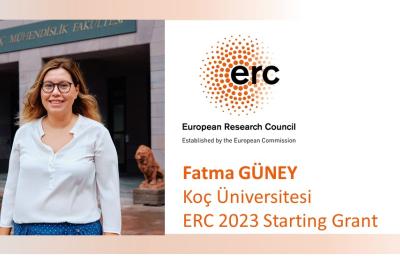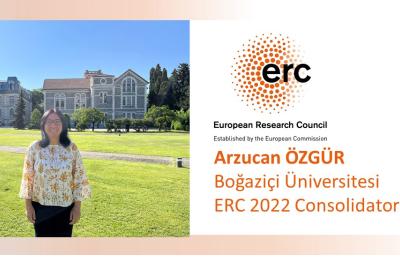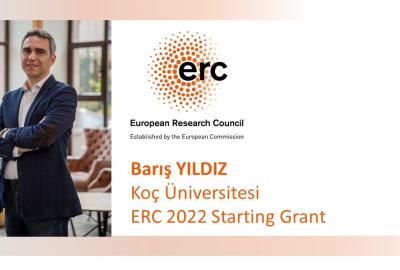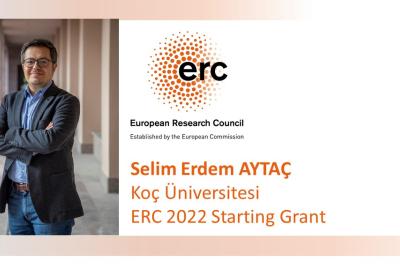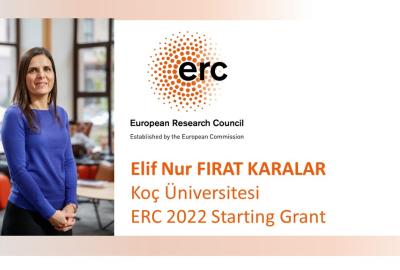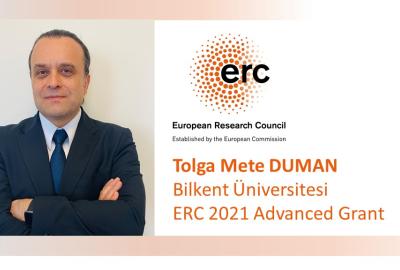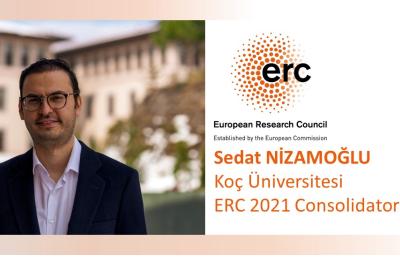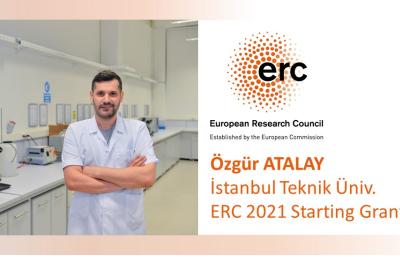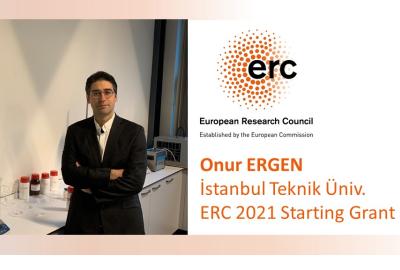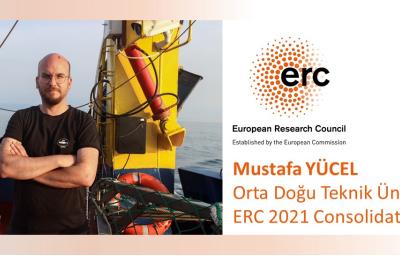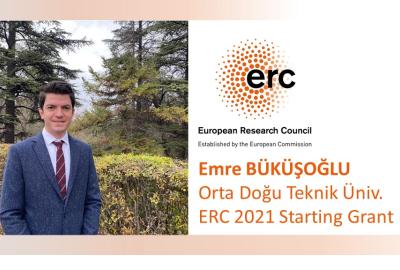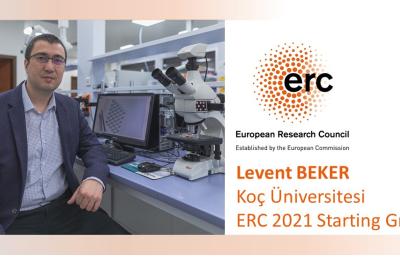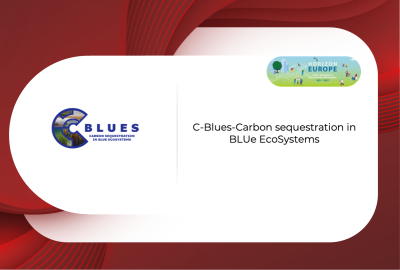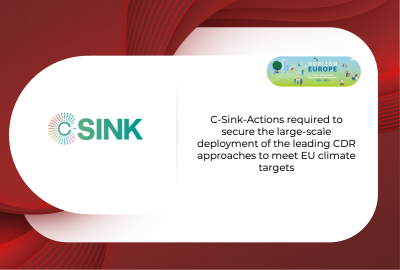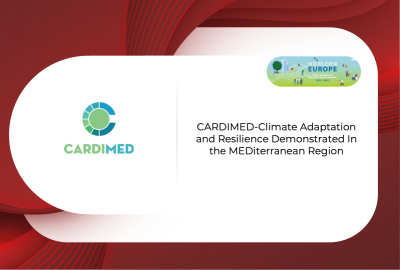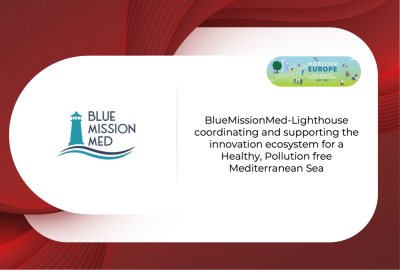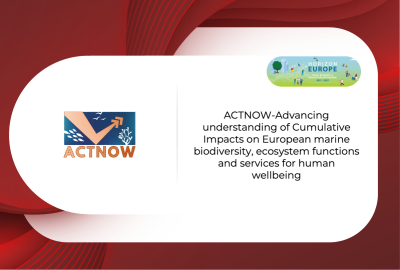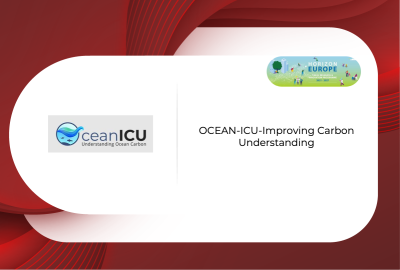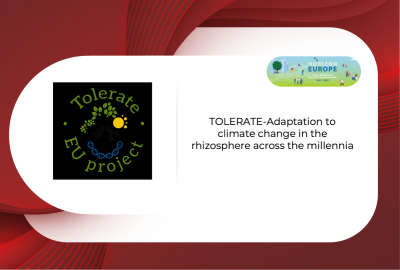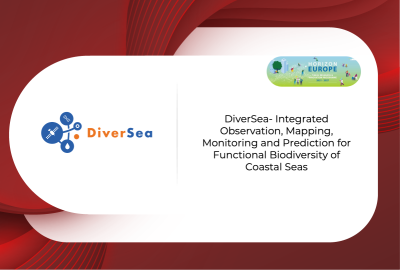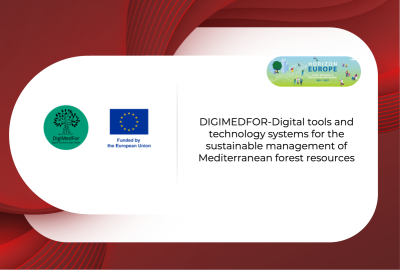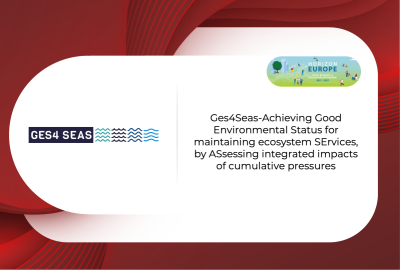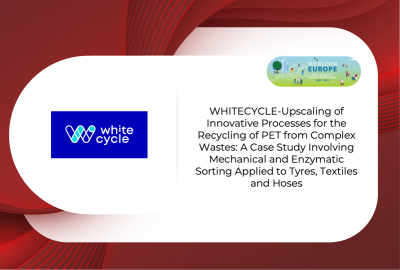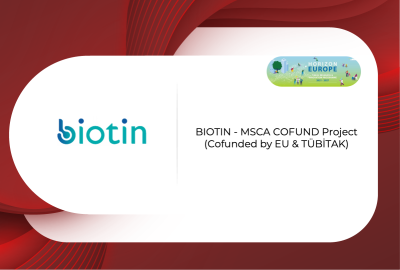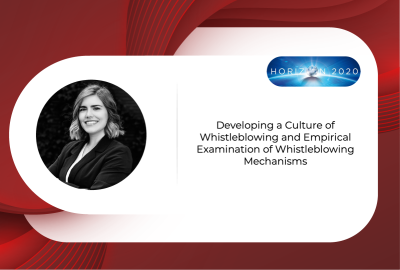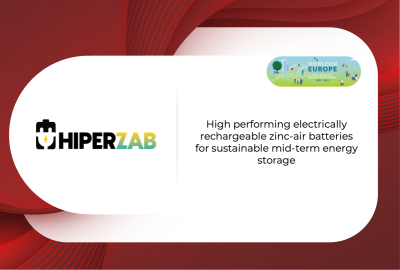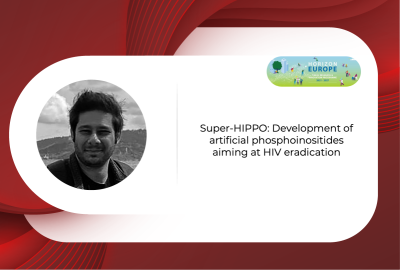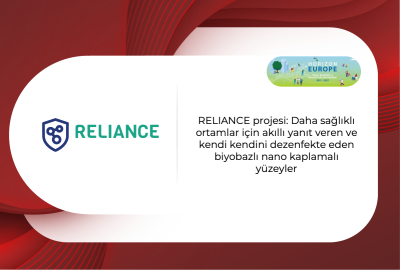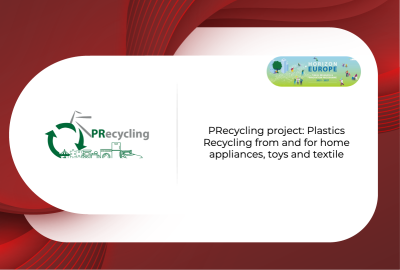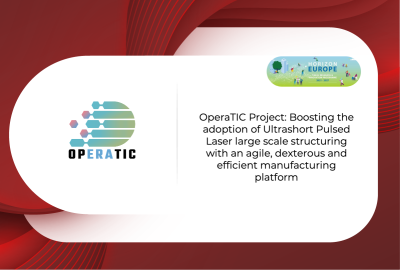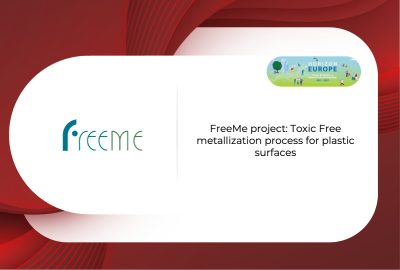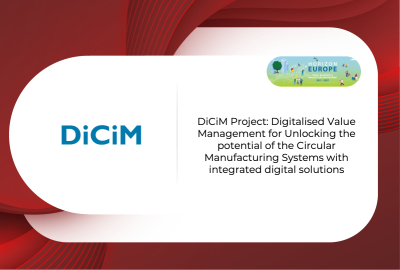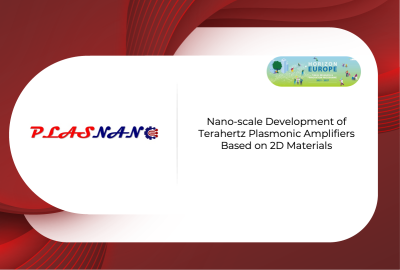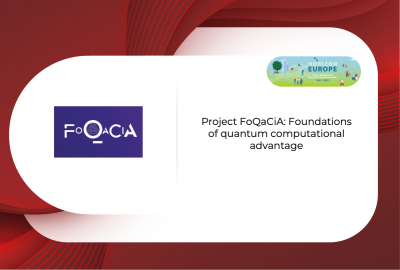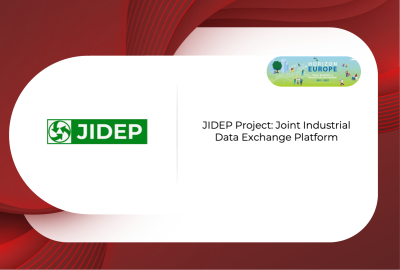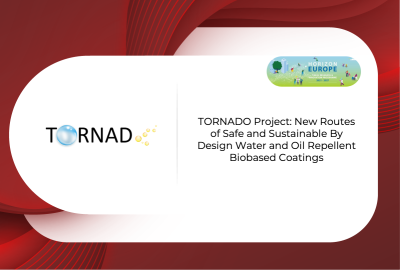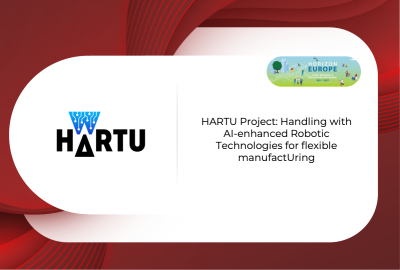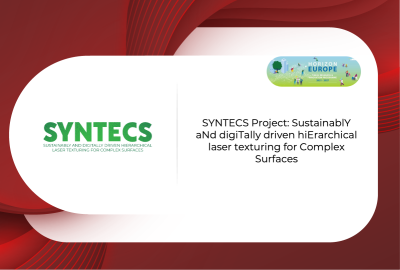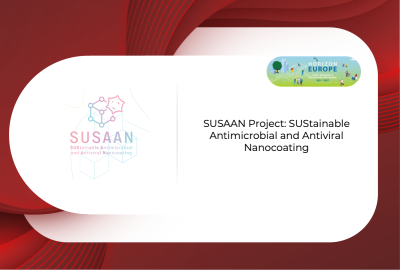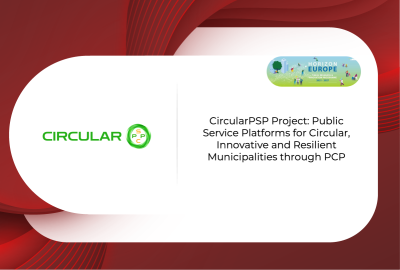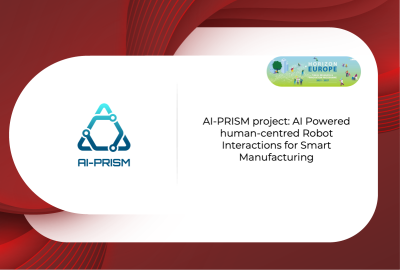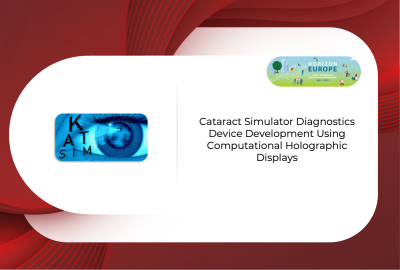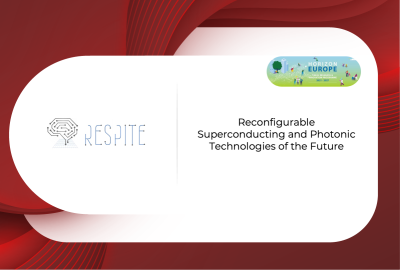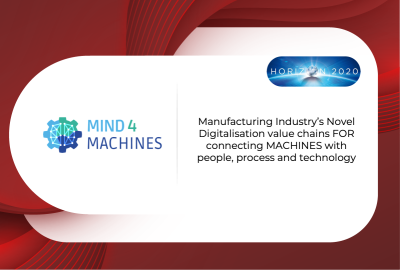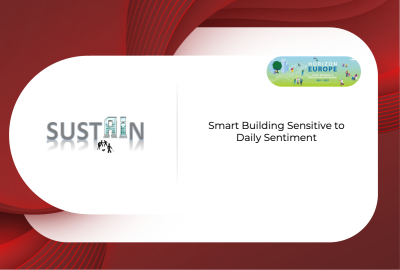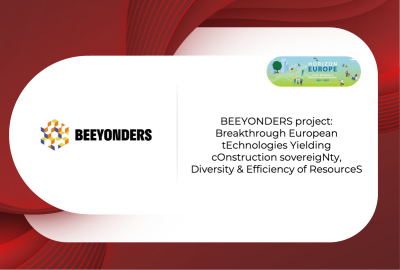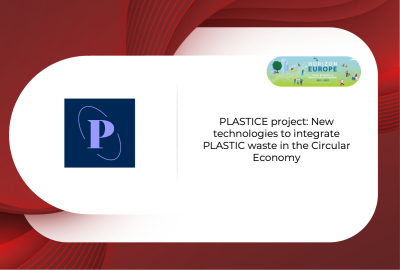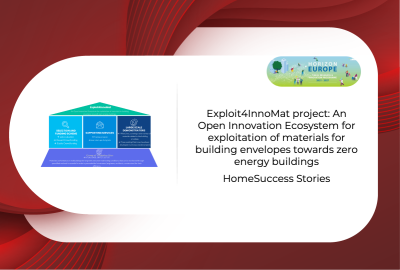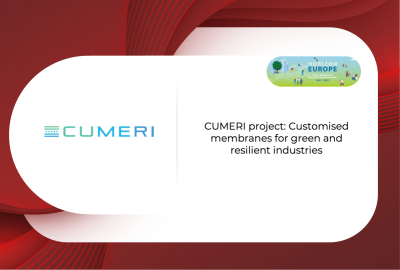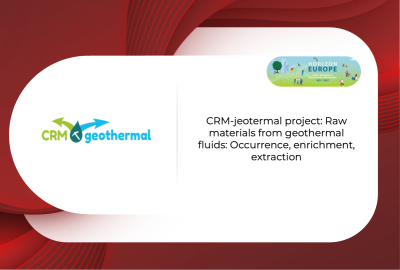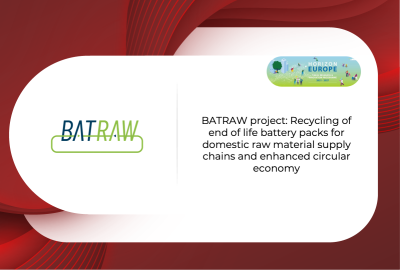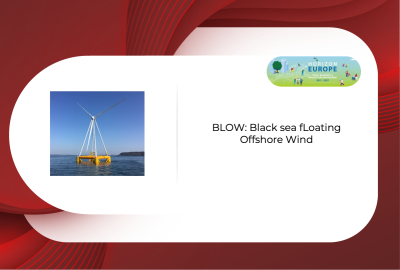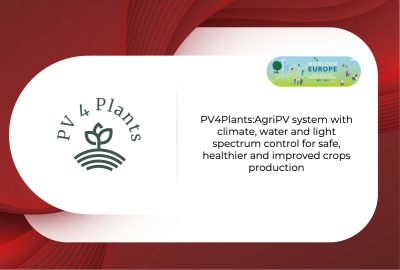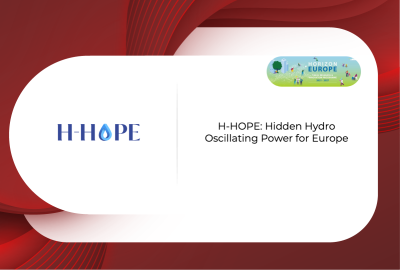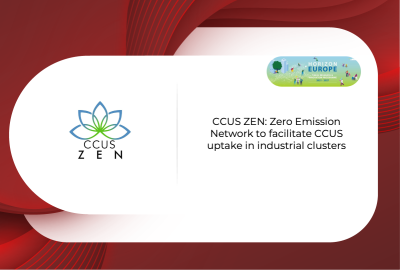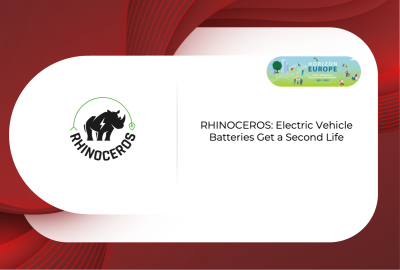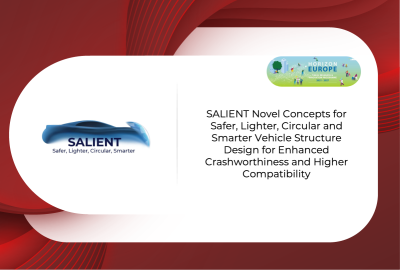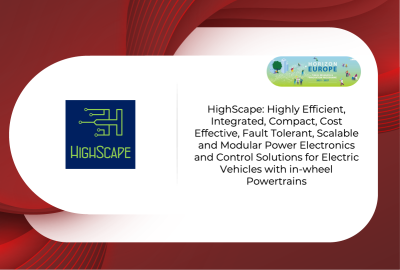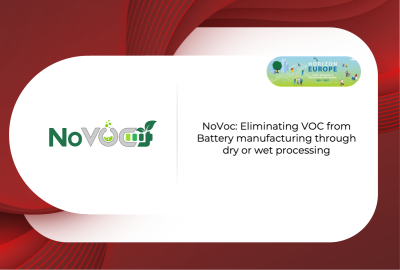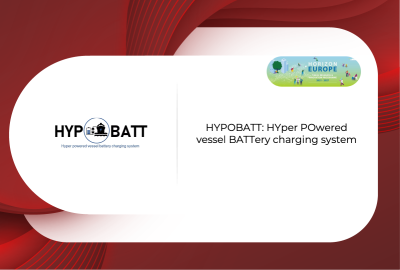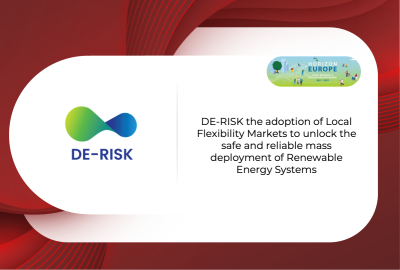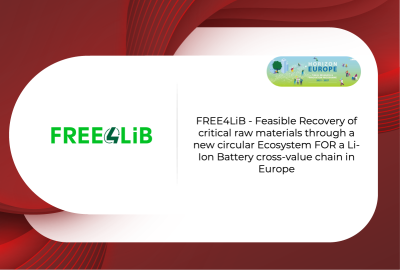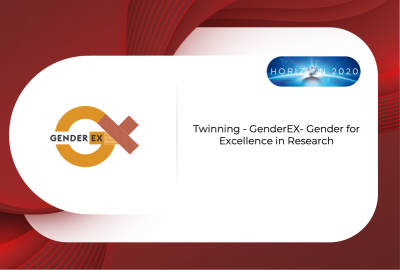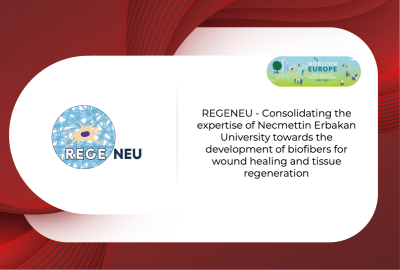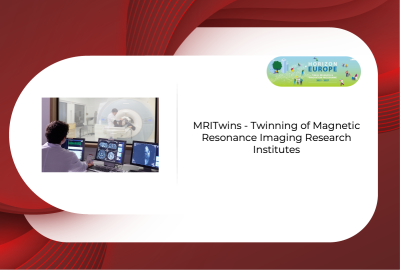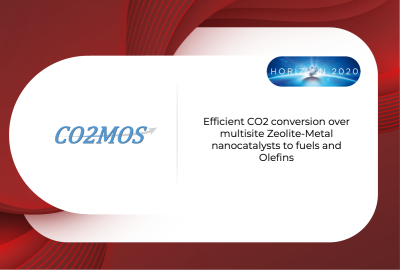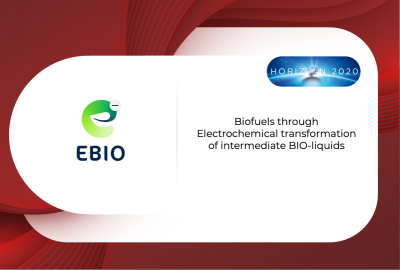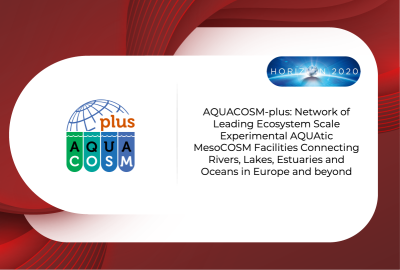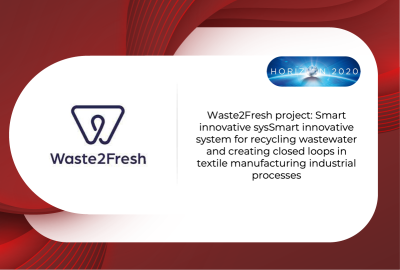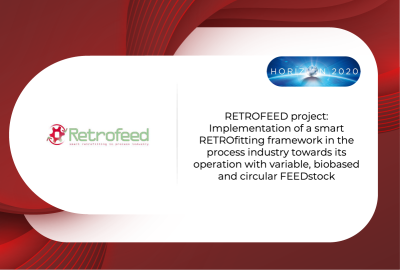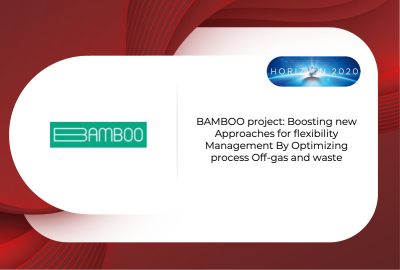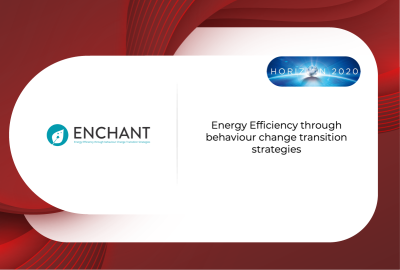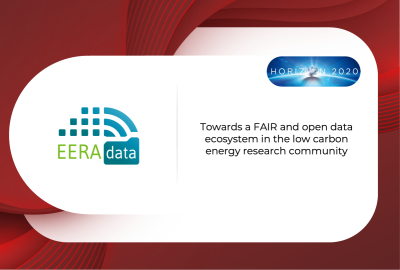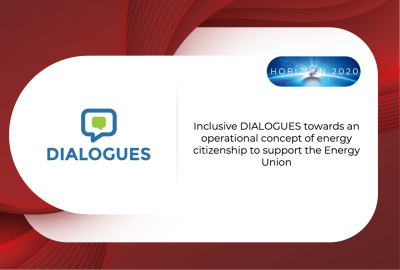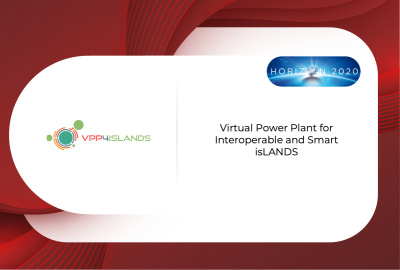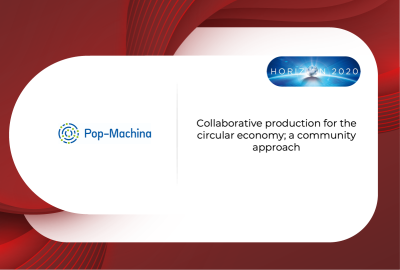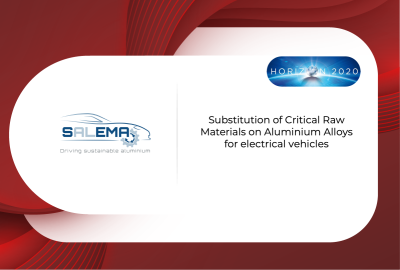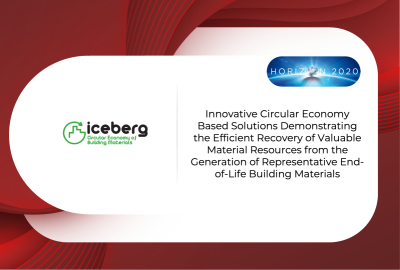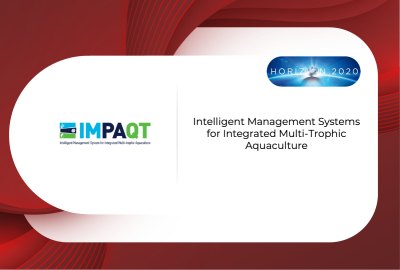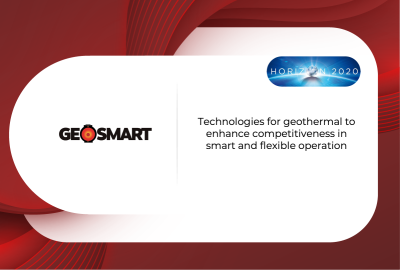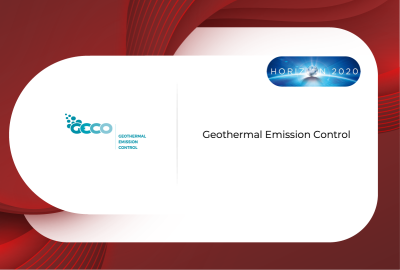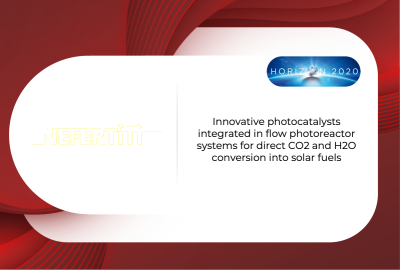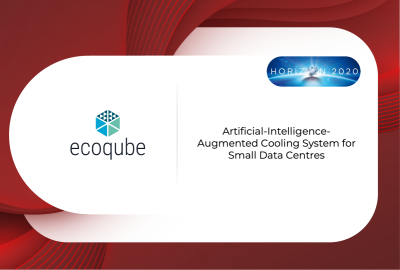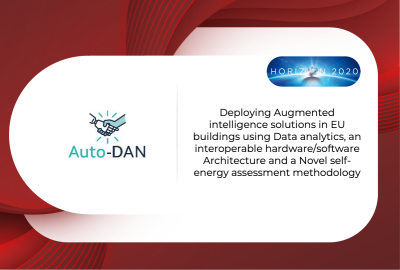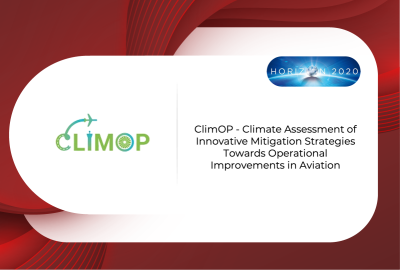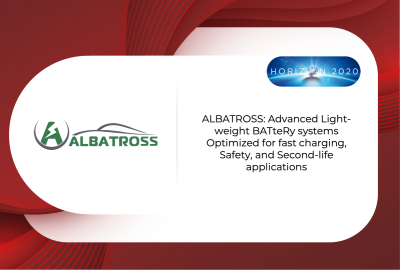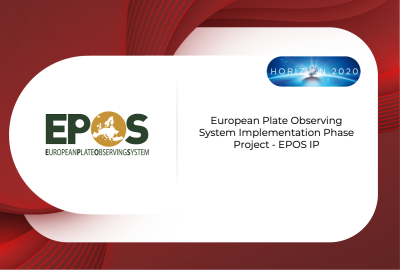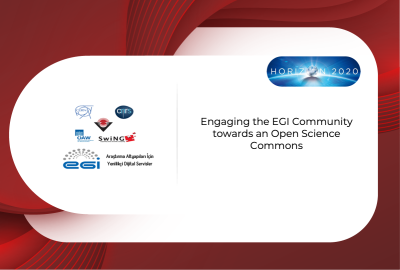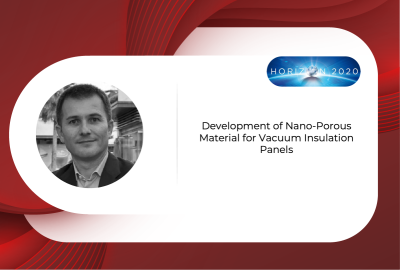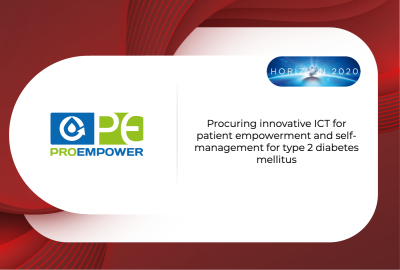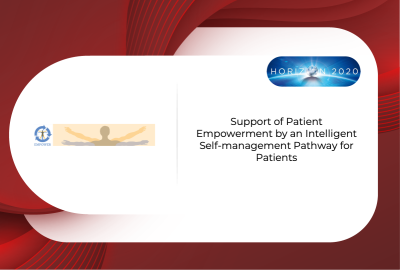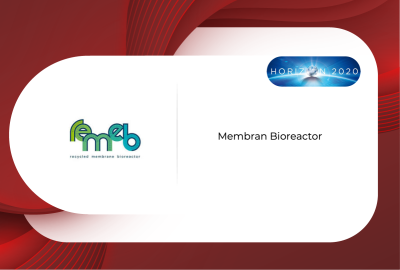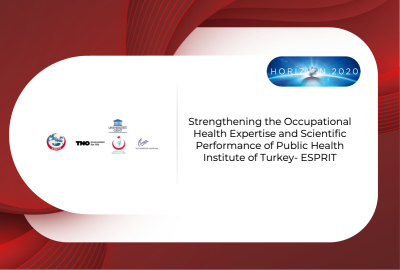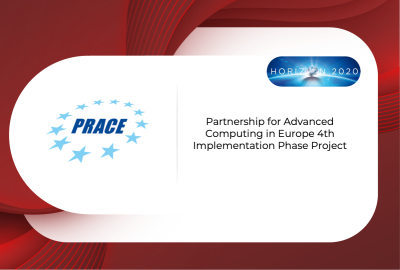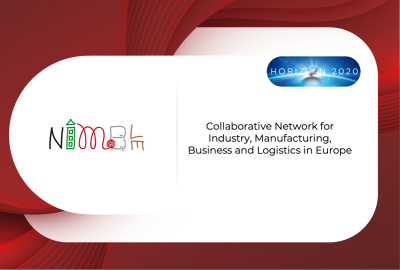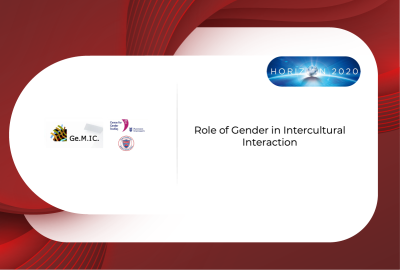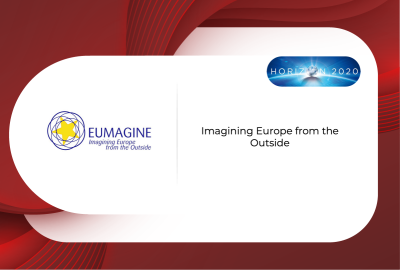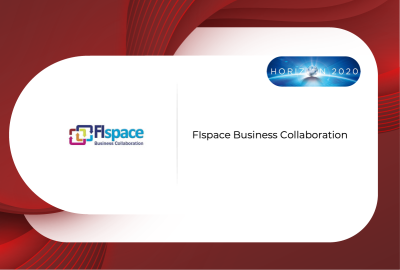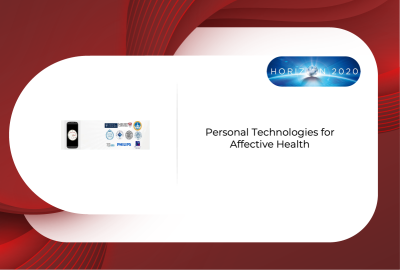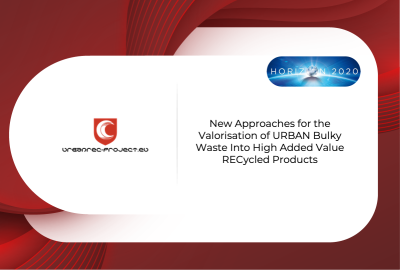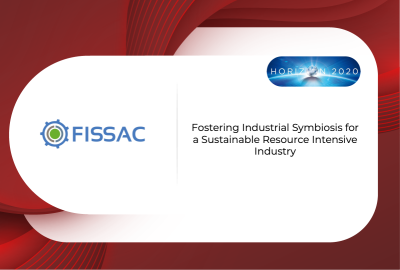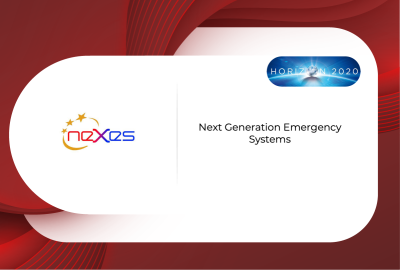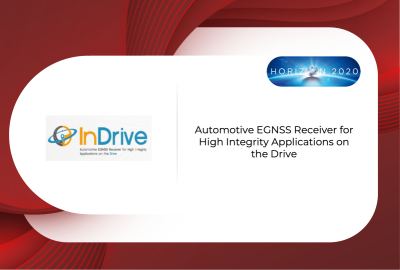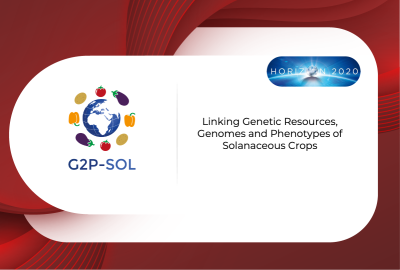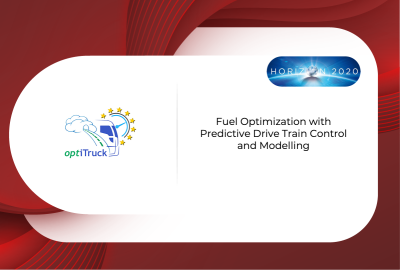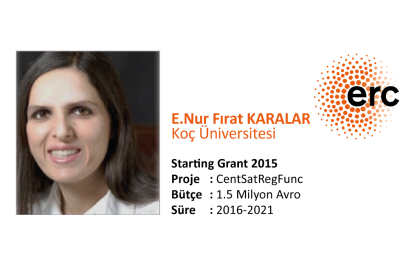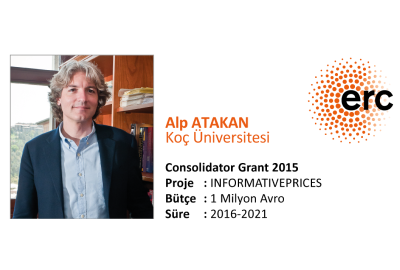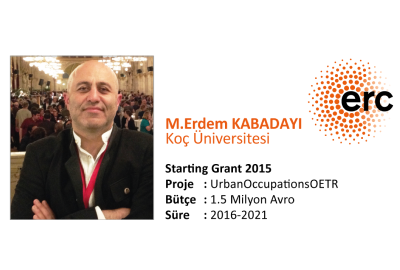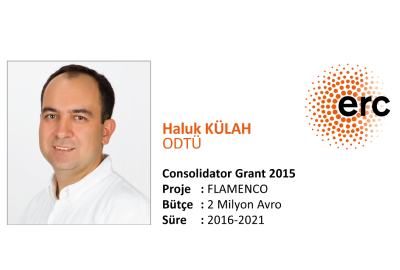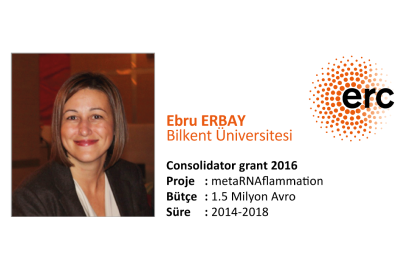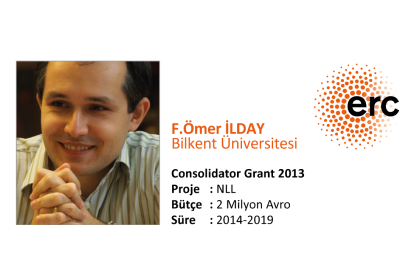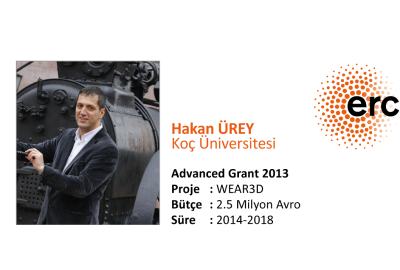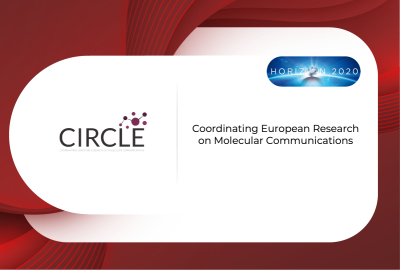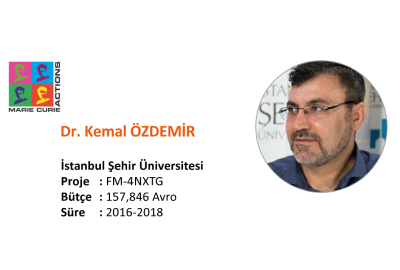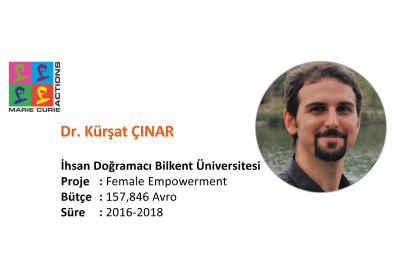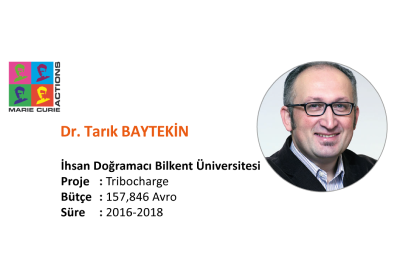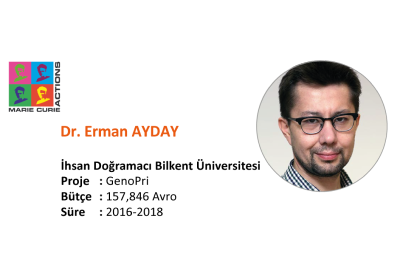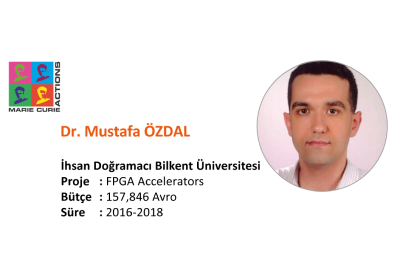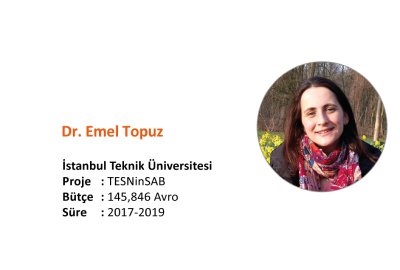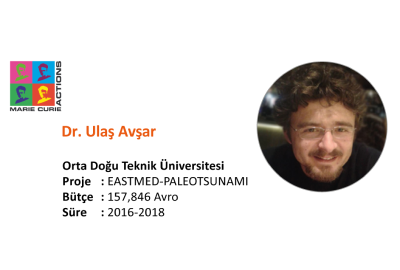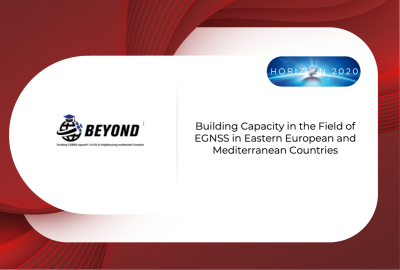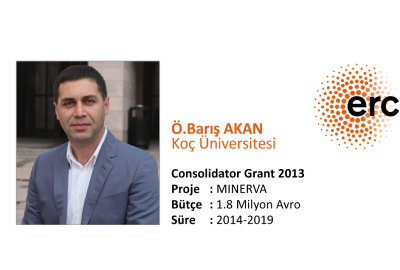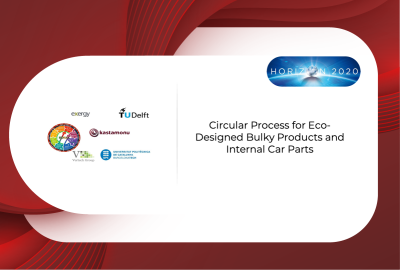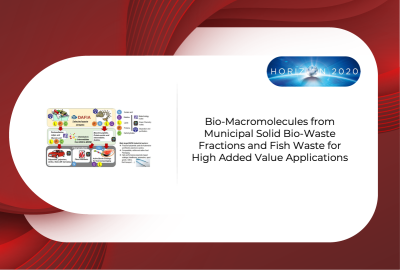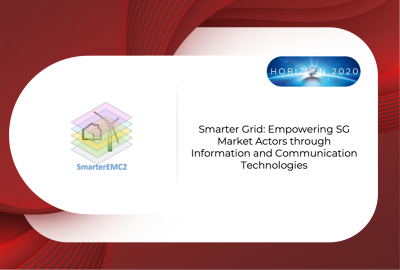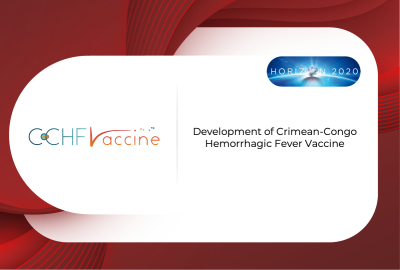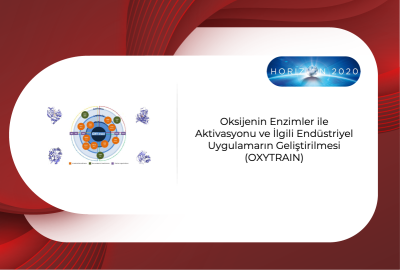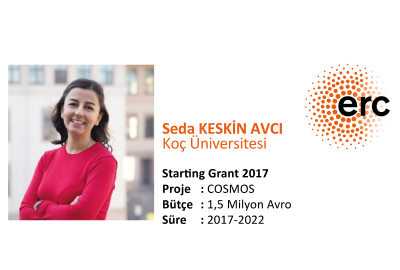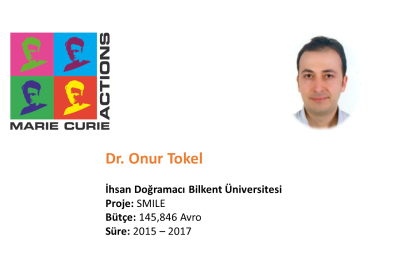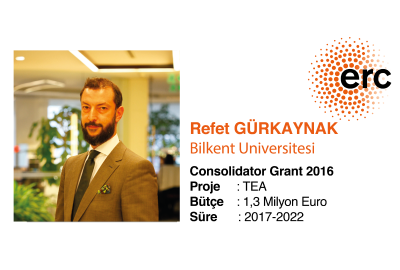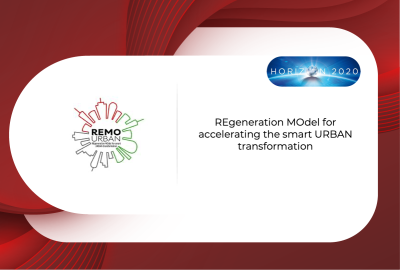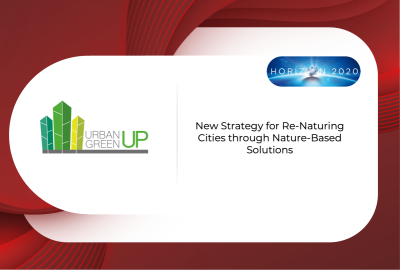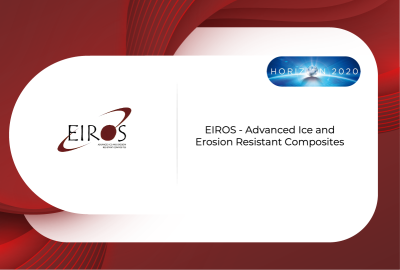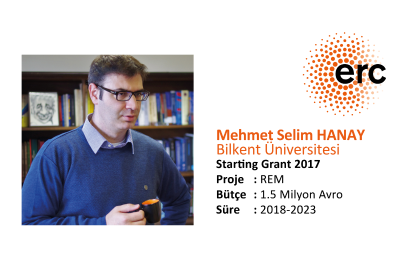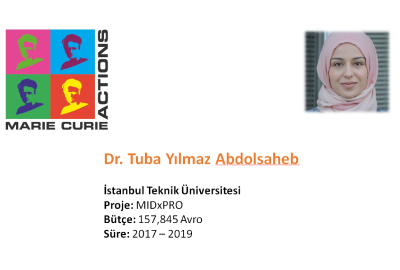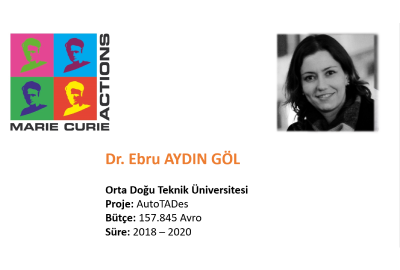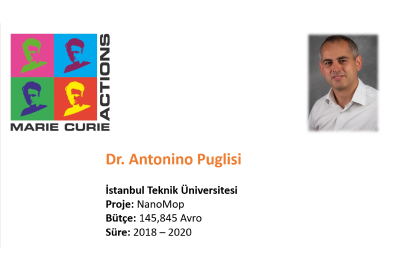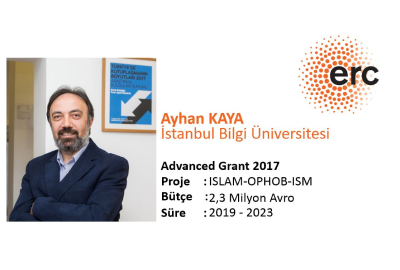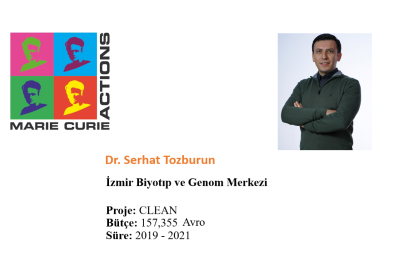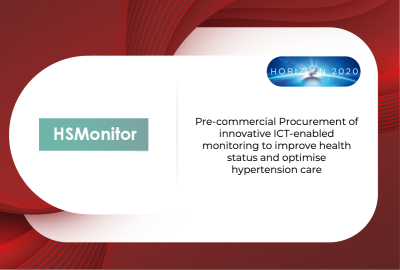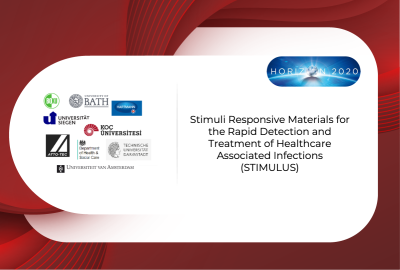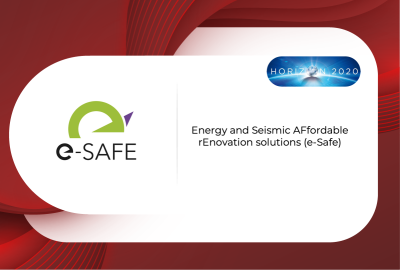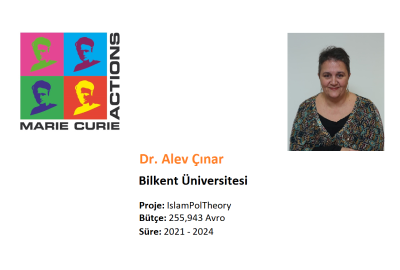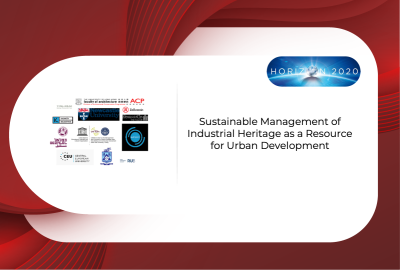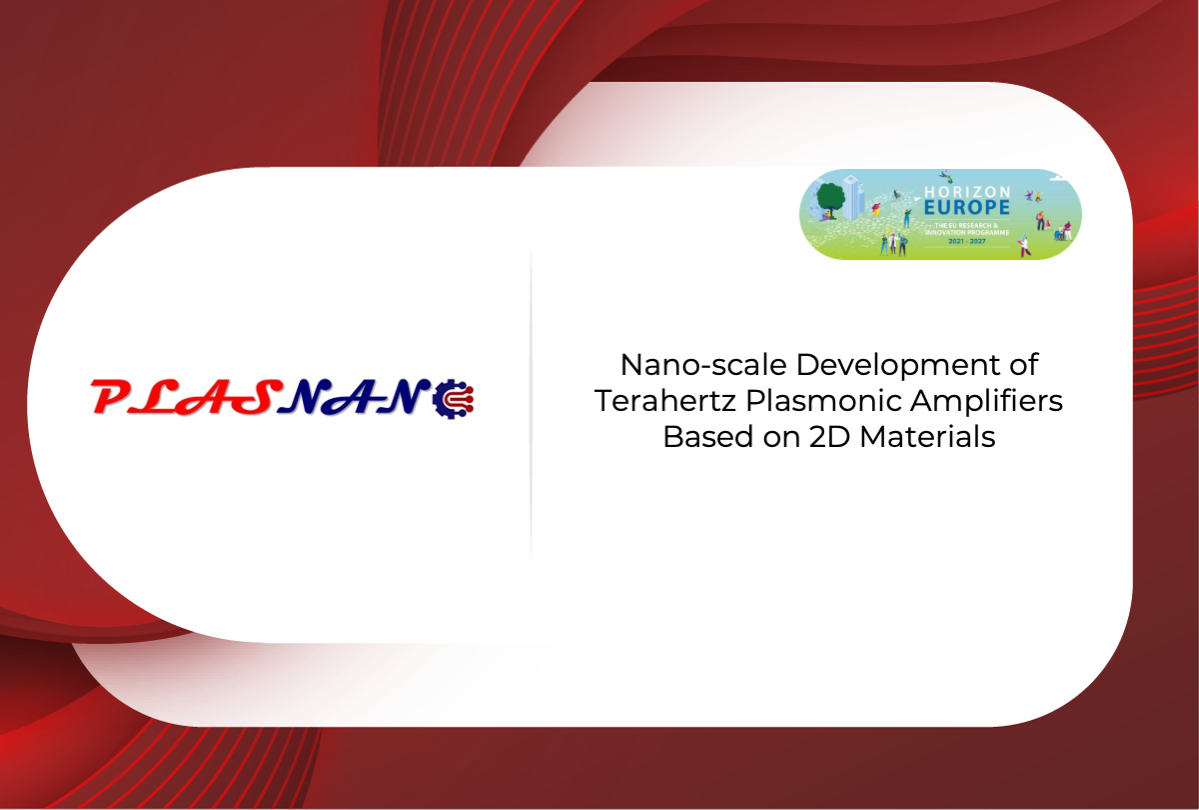
Coordinator
THALES
Project Total Budget
2,999.191,00 Avro
Turkish Partners
Middle East Technical University, METU MEMS Centre
Desteklendiği Program ve Alan
European Innovation Council (EIC)Supported Framework Program
Horizon Europe
Project's CORDIS Link
PLASNANOThe library of 2D materials is growing at a rapid rate driven by the potential extraordinary electronic applications that they can offer. In parallel, terahertz (THz) technologies have continued to draw a great interest due to the many applications that it can have a profound impact in but has continuously been hindered due to the low power and wide scale applicability of current THz source technologies. THz surface plasmonics is coming in to the forefront as an area which can bridge these two emerging technologies and allow the necessary breakthrough that is needed in the so-called THz source gap region of 0.5 – 3 THz. In this project the goal is to develop architectures which can efficiently amplify THz waves based on surface plasmons in 2D materials. The fundamental attributes that underline this approach resides in the interaction between THz radiation and electrically driven surface plasmons which provides amplification through an exchange of energy and momentum limited only by the properties of the gain medium. Thus, the limits of the amplification are governed by limits to the electrical excitation of surface plasmons and how well these surface plasmons couple to the THz radiation. By utilizing novel 2D materials with extraordinary electrical properties based on Transition Metal Dichalcogenides (TMDs) and Transition Metal Monochalcogenides (TMMs) as well as traditional carbon-based materials such as graphene we plan to stretch these limits and achieve ground breaking results in terms of amplification and gain by incorporating the developed amplifiers into existing state-of-the-art Silicon – Germanium hetero junction bipolar (HBT) transistor-based THz arrays.
PLASNANO covers a variety of different disciplines to achieve the targeted research, namely: (i) Plasmonics, where electromagnetic and free electron theories meet, to use the benefit of high mobility of 2D materials for the amplification of the THz signal; (ii) Nanotechnology, specifically Material science, Physics and Engineering, to develop novel 2D materials that provide mobility higher than Silicon, and to enable highly efficient plasmonic amplification as well as transfer/integration of them into a Silicon based electronics environment (i.e. SiGe BiCMOS); (iii) Numerical Modelling and Computer Science to provide accurate simulation of the physics involved in THz amplification; (iv) Silicon based THz IC Engineering (design, fabrication and characterization) to provide the main breakthrough by the development of the world’s first plasmonic based THz amplifier, monolithically embedded into a SiGe BiCMOS technology, toward a new generation of THz integrated circuits.
The implementation of novel 2D materials for plasmonic amplification of THz sources will be the needed gateway to open-up the current bottle-neck in RF applications beyond 1 THz frequency. The advancements gained through PLASNANO will be the blueprint which guides the development of this critical technology. By demonstrating the 2D material based plasmonic amplifier platform integrated onto the state-of-the-art SiGe BiCMOS THz source, the technology will move from TRL 1 to TRL 3 in the frame of PLASNANO project.
Our daily lives are continuously changing into an integrated digital landscape where all our interactions are being monitored and aided in order to improve the quality of our life style. Within this framework the importance of future ultra-high frequency communications, namely 6G and beyond, as well THz sensing technologies cannot be understated. The PLASNANO amplifier platform with its targeted large gain and wide operational bandwidth will be critical in bridging the THz gap enabling envisioned critical 21st century technologies such as
- Communications: Application specific point to point, point to multi-point THz communication systems will usher development in massive multiple input, multiple output (MIMO) architectures
- Automotive: Advanced collision-avoidance radar system components and solutions, car-to-car and car-to-building THz communication systems; with a focus on power-efficient, green and sustainable technologies
- Internet of Things (IoT): Solutions with a focus on fully supported artificial intelligence (AI), high-data-rate wireless connectivity across various platforms
- Sensing & Novel Applications: Enabling and advancing Software Configurable Metasurfaces (SCMs), holographic beam-forming for ultra-high frequency wireless sensing.
In the consortium led by THALES, leading experts from advanced research institutes, SMEs and universities which specialize in growth and modelling of 2D Materials as well as THz source development and characterization have come together to achieve such a ground-breaking vision. PLASNANO plans to strongly support high-potential early-stage researchers, Post-Doctoral researchers, young engineers and PhD students. The scientific work will be supported by senior researchers from various groups in the consortium to ensure effective guidance and exposure to different disciplines. TAIPRO is an ambitious high-tech SME specializing in advanced manufacturing techniques to bring microsystems to the large scale and to the market. IHP acts as a European foundry providing services to SME and industry across Europe, and is a key player in future European electronics for the early-stage commercialization and prototyping. THALES has strong interaction with electronics industry actors of the EU. This ensures effective dissemination of the new technology within the EU stakeholders. NANOTEST will have the opportunity to become the first SME experienced on the thermal and reliability aspects of a plasmonic system working at THz frequencies. In overall, PLASNANO provides a unique platform for each individual partner of the consortium to become a key actor on particular expertise areas.
Project Partners:
- THALES
- IHP
- CEA
- TAIPRO
- NANOTEST
- FORTH
- UnivPM
- ODTÜ MEMS
- ODTÜ

